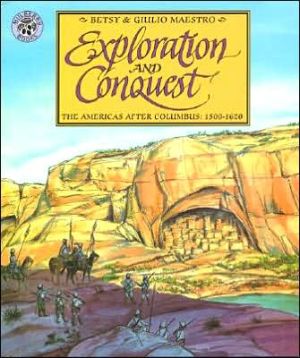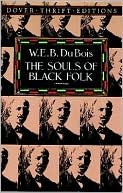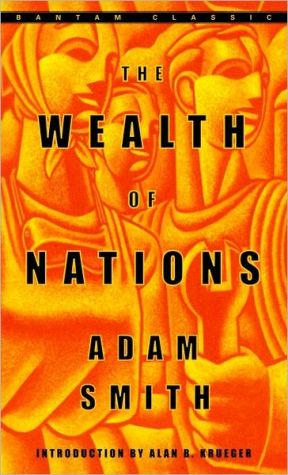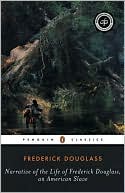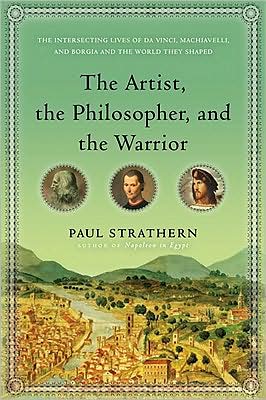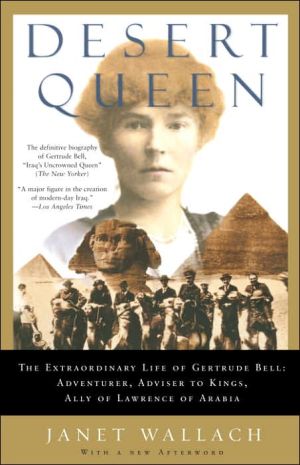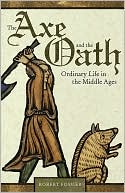Exploration and Conquest: The Americas After Columbus: 1500-1620
Christopher Columbus was not the first to discover the Americas, but his voyages led to European exploration of the New World. Rich in resources and natural beauty, the Americas were irresistible to gold-hungry conquistadors. The newcomers gave little thought to those who had called the lands their home, and exploration soon came to signify conquest. The New World — and the lives of its inhabitants — would be changed forever.
Search in google:
Christopher Columbus was not the first to discover the Americas, but his voyages led to European exploration of the New World. Rich in resources and natural beauty, the Americas were irresistible to gold-hungry conquistadors. The newcomers gave little thought to those who had called the lands their home, and exploration soon came to signify conquest. The New World — and the lives of its inhabitants — would be changed forever. New York Daily News Wonderfully entertaining...Clive Barker is a magician of the first order.
\ Washington PostThe narrative is lively, the characters, the scope panoramic, and the details precise.\ \ \ \ \ Washington Post Book WorldRich in plot twists, byzantine intrigues and hidden secrets, Imajica is a Chinese puzzle box constructed on a universal scale...Barker has an unparalleled talent for envisioning other worlds.\ \ \ Atlanta JournalSpellbinding.\ \ \ \ \ L.A. LifeBarker's most ambitious work to date...rapturously full of emtions.\ \ \ \ \ New York Daily NewsWonderfully entertaining...Clive Barker is a magician of the first order.\ \ \ \ \ USA TodayExhilarating...[a] masterpiece.\ \ \ \ \ Publishers WeeklyThis ambitious sequel to the Maestros' The Discovery of the Americas begins with a revisionist summation of Christopher Columbus's famous feats: the explorer ``was not the first to discover the Americas. But his voyages led to the European exploration of the New World.'' The book covers more than 130 years of exploration, presenting brief overviews of Magellan, Cortes, Pizarro, Hudson, Drake, Champlain et al. Betsy Maestro also discusses the effects of these incursions on native peoples; she touches upon the African slave trade, the decimation of the Aztec civilization and the general failure of Europeans to honor their agreements with Native Americans. While the writing is clear, the range of information may be too broad for the reader to absorb easily. Each topic receives only a paragraph or two, and important concepts are often reduced to a single sentence. More satisfying is the watercolor-and-pencil art, which vividly depicts the explorers and their exploits. Giulio Maestro captures the essence of his settings-the midnight blues of a nighttime sky at sea, the earthy yellows and browns of the American Southwest, the green, tiered mountains of Central America. Appendixes contain a table of dates; lists of explorers not mentioned in the text; useful summaries; and a list of Native American ``contributions to the world.'' Ages 6-up. (Sept.)\ \ \ \ \ Children's LiteraturePicking up where The Discovery of the Americas left off, the authors discuss in succinct language the explorations undertaken by the Europeans. Among the explorers discussed are Pizarro, de Soto, Cabot, Verrazano, Cartier and Drake. Some of the illustrations show the routes taken by various explorers from Spain, France and England. Others show regions and weapons of conquest, such as those used by the Spanish against the Aztecs. The beginning of the slave trade is discussed, and they have pictured a barracoon, or fort, where slaves were held until a ship was ready to sail. Done in picture book format with watercolors, this provides a good introduction to the major explorers and the reasons for exploration. The authors are direct in their language when they discuss the greed, treachery, diseases and deception associated with this period. Because of its format, this book is ideal as a focal point to elicit classroom discussion. 1997 (orig.\ \ \ \ \ School Library JournalGr 4-6-This companion to The Discovery of the Americas (Lothrop, 1991) provides an interesting discussion of the European exploration and conquest of the ``New World.'' The author carefully explains that, ``The great gain of one people was the great loss of another'' and traces the disastrous effects that the Portuguese, Spanish, English, French, and Dutch had on the native peoples of the Americas, while acknowledging the benefits the Europeans enjoyed-gold, land, rich natural resources, and power. North, Central, and South America are discussed, as are the beginnings of the African slave trade. Detailed descriptions of the different native cultures are not provided-the focus is on European politics and rivalry-and there are no chapter divisions, which makes the information somewhat difficult to digest. Although the text is occasionally blunt and dry, this is still a good introduction to a complex topic from a multicultural perspective, beautifully illustrated with lush watercolor and colored-pencil drawings.-Cyrisse Jaffee, formerly at Newton Public Schools, MA\ \
